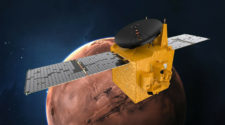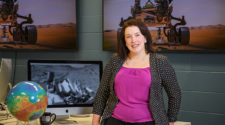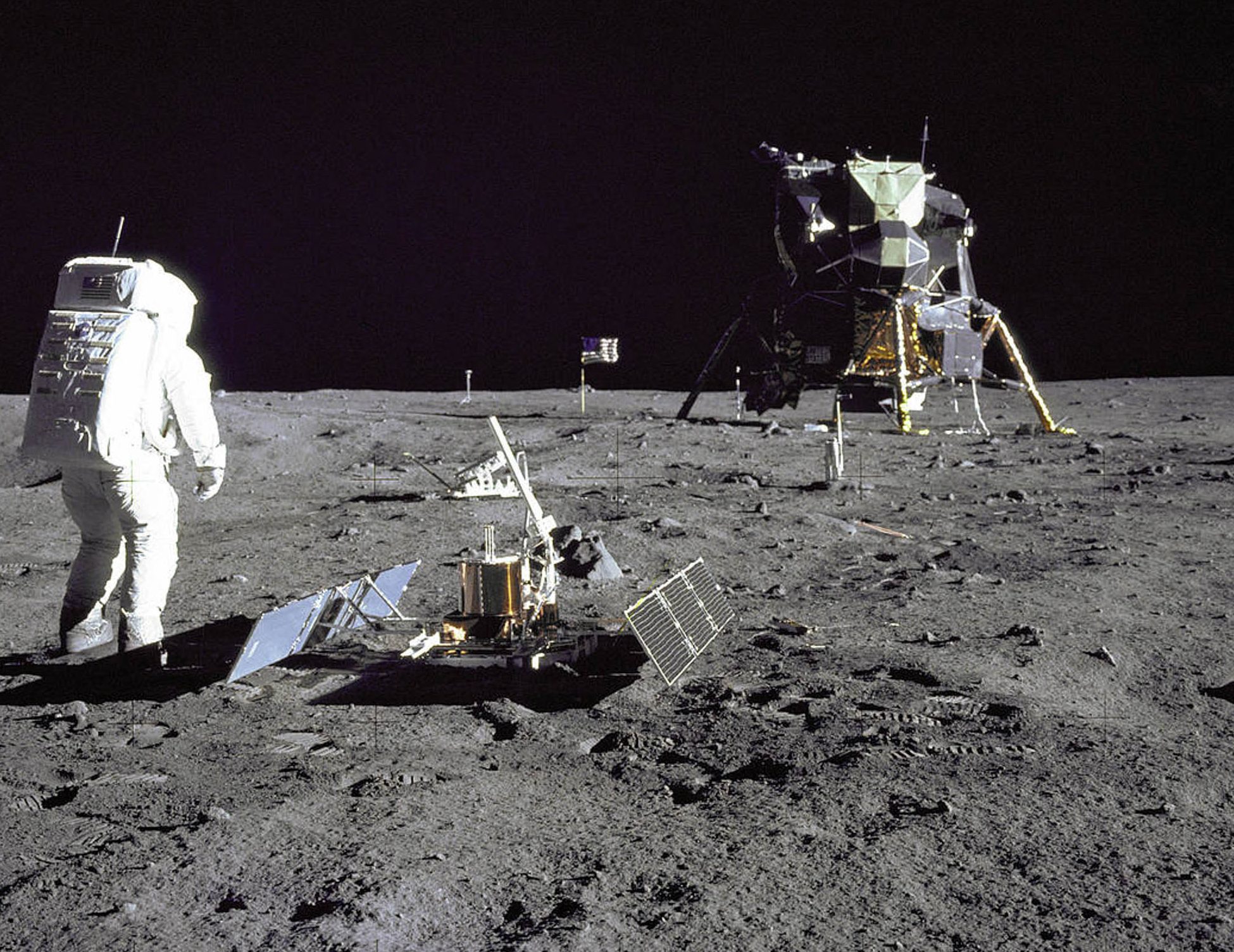
Farouk El-Baz once trained the astronauts who were planning for the 1969 Apollo Moon landing. Today, the former NASA geologist is training students at Boston University in how to use satellite images and other sensors to study the Earth.
Of his role within the Apollo program, particularly Apollo 11’s crewed lunar landing, the Egyptian-born El-Baz said, “We knew that the world’s eyes were on our work.”
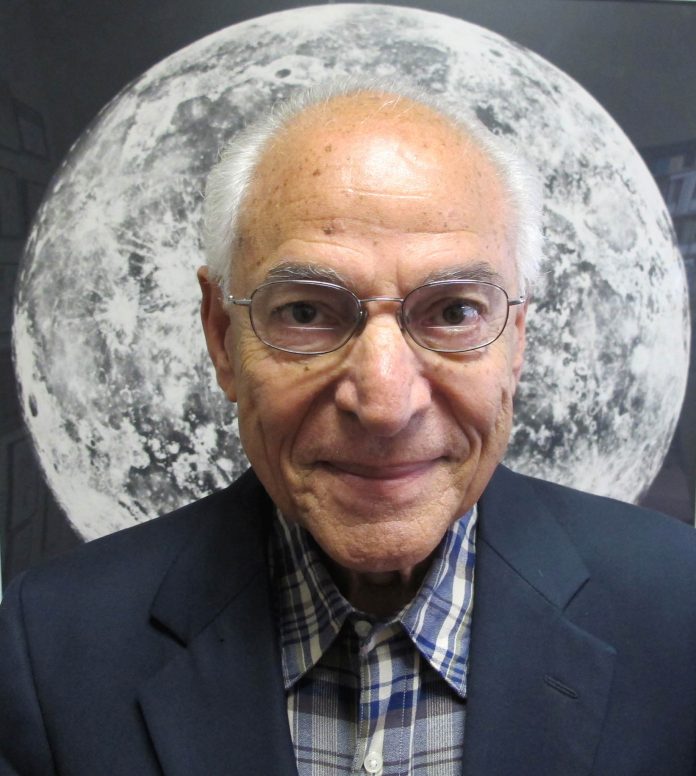
From 1967 to 1972, El-Baz was an instrumental part of the Apollo missions. Shortly after joining the program, he began poring over the massive stack of detailed photographs of the Moon’s surface – a crucial step in selecting the most ideal and precise landing location based on lunar terrain, climate variations, and other factors. He performed the same role for the Apollo 15 mission which was the first to feature the lunar rover. El-Baz trained Apollo astronauts in the important skills of visual observation and space photography, in addition to instructing crew members on which rocks to collect and how to collect lunar soil.
Throughout the Apollo program, El-Baz joined other NASA officials in briefing members of the press on the results of the lunar missions. He was often quoted in the media due to his ability to simplify scientific jargon and clearly explain the program’s scientific accomplishments.
El-Baz’s contributions to space exploration have been recognized in other ways. After he gave a copy of one of his books about the Moon to Rick Berman, the executive producer of Star Trek: The Next Generation, the television show paid homage to his role in NASA’s Apollo space program by naming the first “Type 15” shuttlepod after him in its 1988–1989 season. Also, in Tom Hanks’ HBO series, From the Earth to the Moon, El-Baz’s role as an Apollo scientist and astronaut trainer was featured in a segment entitled, “The Brain of Farouk El-Baz.”
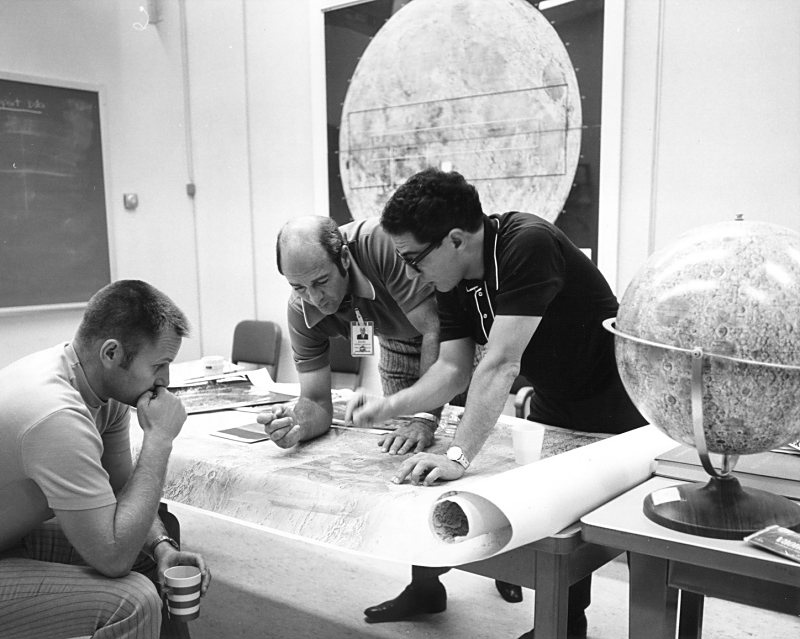
When El-Baz was training astronauts for the lunar landing, they gave him a nickname, “The King,” in honor of Egypt’s King Farouk, who ruled the country during World War II. While orbiting the Moon for the first time during Apollo 15, Command Module Pilot Alfred Worden said, “After the King’s training, I feel like I’ve been here before.”
After the Apollo Program ended in 1972, El-Baz joined the Smithsonian Institution in Washington DC to establish and direct the Center for Earth and Planetary Studies at the National Air and Space Museum.
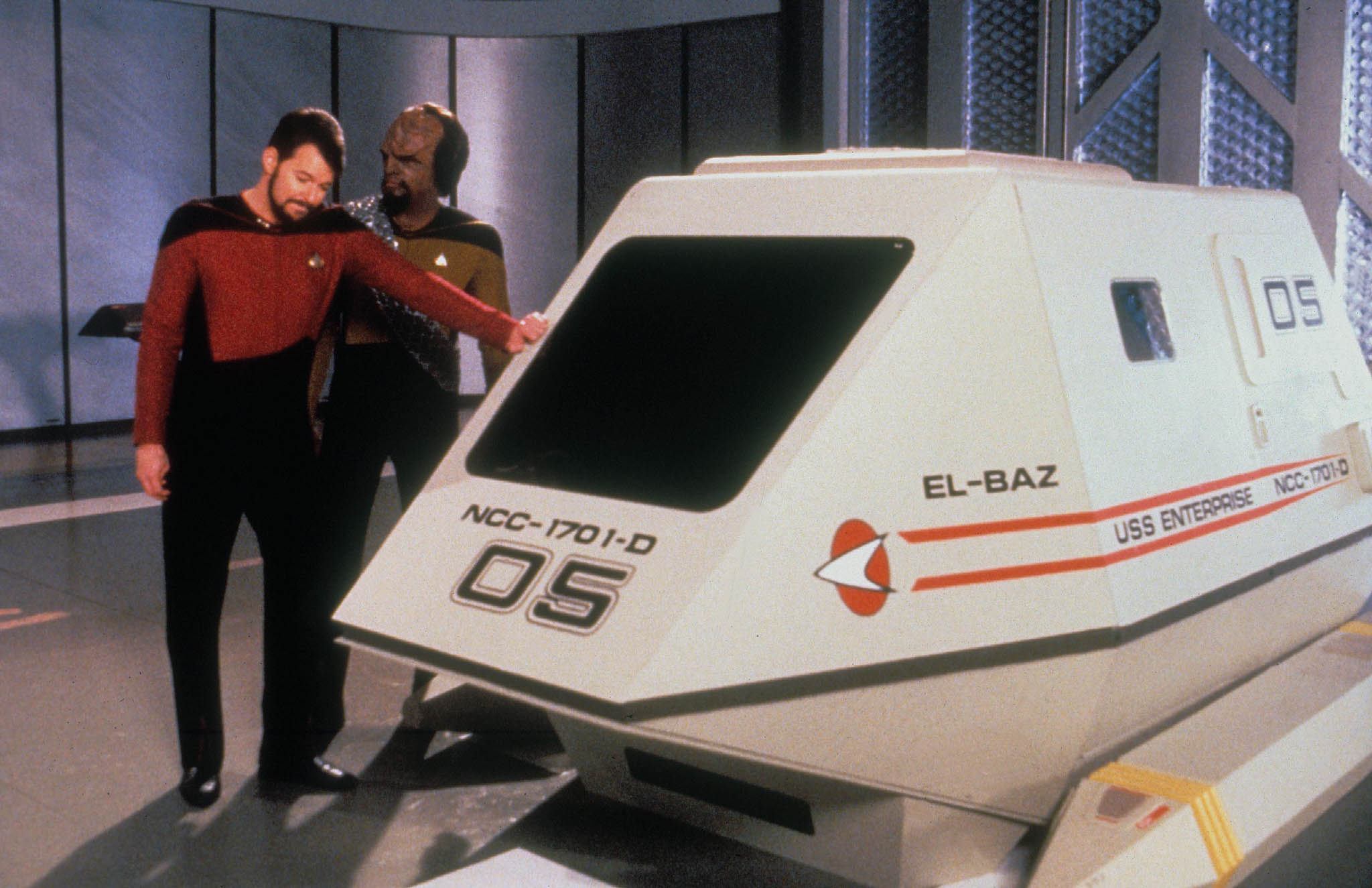
NASA selected El-Baz as the principal investigator of the Earth Observations and Photography Experiment on the Apollo-Soyuz Test Project (ASTP) in 1973. Emphasis was placed on photographing arid environments, particularly the Great Sahara of North Africa and the Arabian Peninsula, in addition to other features of the Earth and its oceans.
During the early 1980s, El-Baz supervised the utilization of NASA’s Large Format Camera carried aloft by the Space Shuttle during orbital missions.
El-Baz, who was born in 1938 in Egypt’s Nile Delta region, has kept ties with his birth country. Two years after completing a doctorate in geology at the University of Missouri-Columbia, he returned to Egypt and played a part in the groundbreaking discovery of offshore oil in the Gulf of Suez.
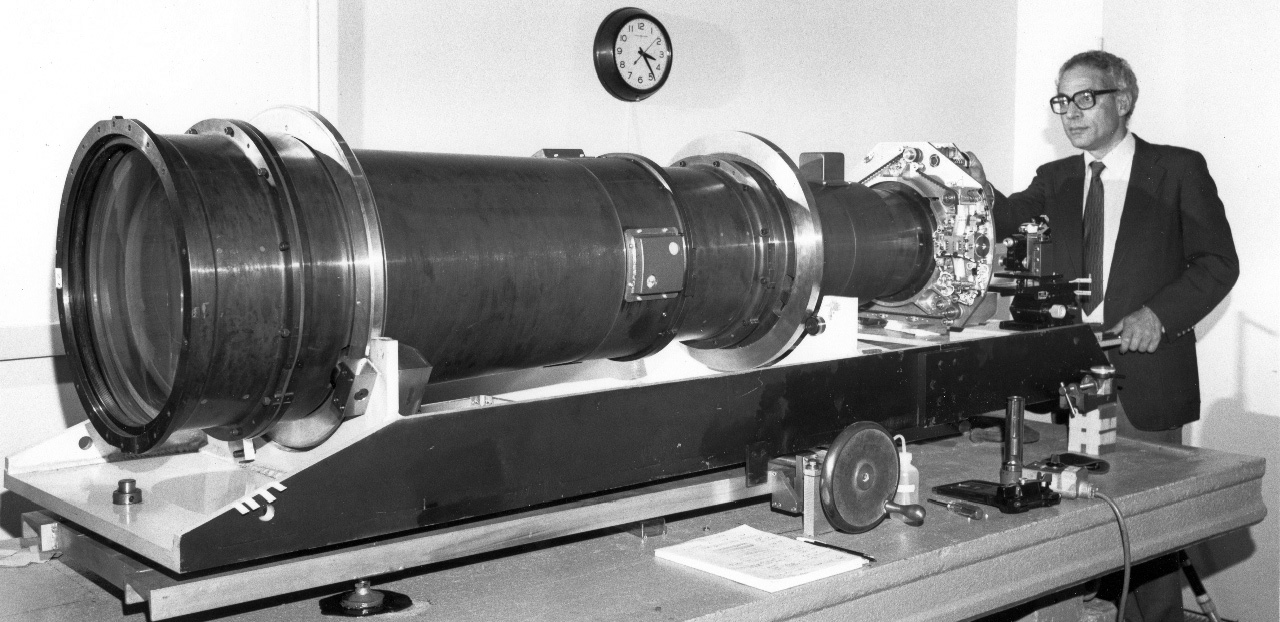
As recently as April, El-Baz returned from a two-week visit to Egypt. “I gave a lecture during this past trip to the astronomy club of the American University in Cairo,” said El-Baz, who became a U.S. citizen in April 1970.
From 1978 to 1981, El-Baz served as science adviser to Egypt’s then-President Anwar Sadat.
El-Baz’s value to U.S. lunar exploration derived from his training as a geologist. He is equally well known for his pioneering study of deserts and arid landscapes, in particular the detection of groundwater using space imagery. In recognition of that work, the Geological Society of America Foundation in 1999 created an award in his name that every year rewards excellence in arid land studies.
Today, El-Baz remains active and engaged across several academic disciplines. In addition to leading Boston University’s Center for Remote Sensing, the octogenarian also is a research professor at B.U.’s departments of archaeology and electrical and computer engineering, and a member of associated faculty at that university’s department of earth and environment.


